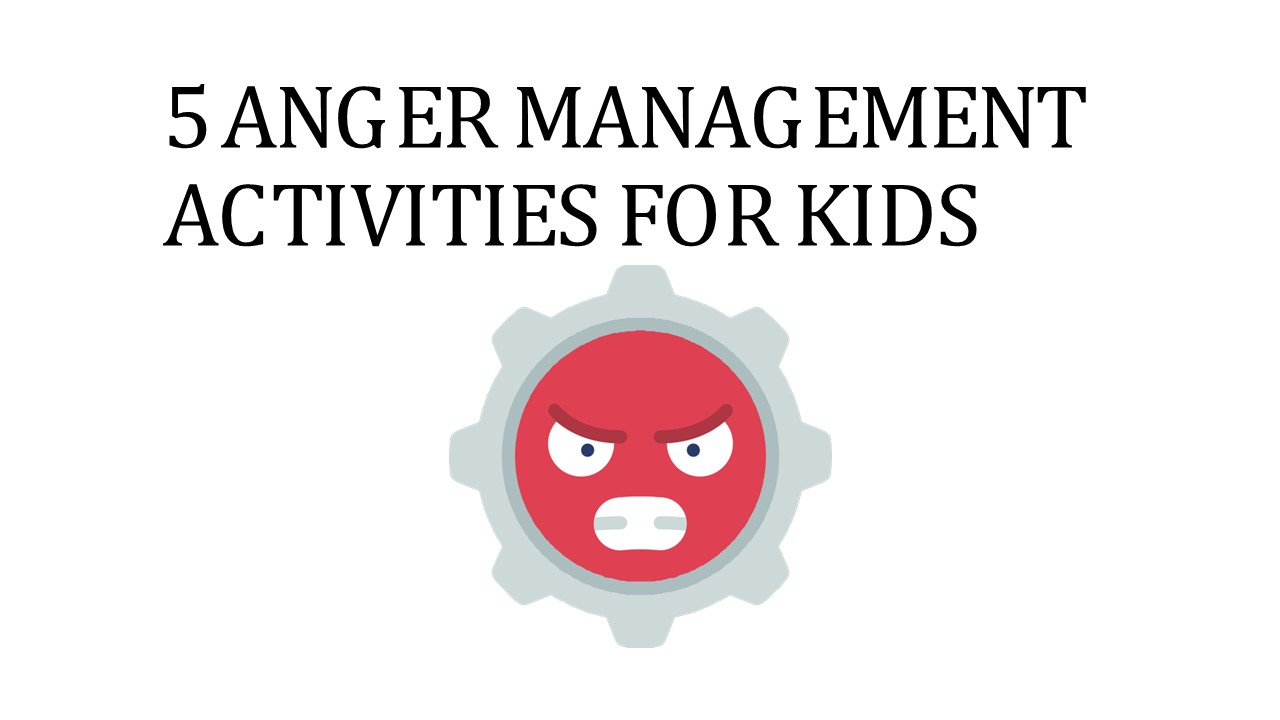5 Anger Management Activities For Kids - PowerPoint PPT Presentation
Title:
5 Anger Management Activities For Kids
Description:
Anger is a common and normal emotion. However, many children find distinguishing between angry emotions and aggressive behavior difficult. Children need to learn anger management activities. When children lack the skills to control their emotions, frustration and anger can quickly escalate into defiance, disrespect, aggression, and temper tantrums. – PowerPoint PPT presentation
Number of Views:20
Title: 5 Anger Management Activities For Kids
1
5 ANGER MANAGEMENT ACTIVITIES FOR KIDS
2
ANGRY CHARADES
Kids must comprehend what anger looks like and
feels before they can start healthily expressing
their anger. This easy exercise helps highlight
particular anger-related behaviors. Create three
columns on the paper. Put looks like, feels
like, and sounds like next to them. Talk to
each other about anger. For instance, anger can
make you feel hot, have scrunched eyebrows, and
shout. Act out the various behaviors you think
of to make the conversation fun! You can turn
this activity into a charades game by asking
your child to guess the behavior you are modeling
and vice versa. Act out situations that make you
angry to increase your childs emotional
awareness. Tell your child that you experience
difficulties from time to time, too. Its
empowering to accept that its okay to feel
angry. Make sure to discuss or role-play the game
that there are appropriate and inappropriate
ways to express anger.
3
CREATE A DRAWING
Encourage the mind-body connection by asking your
kid to draw a picture of their angry body parts.
Kids should first draw their bodies contours and
color in the regions where they feel sore. With
this activity, kids can exercise their creative
muscles while you listen to them describe the
drawing they made. Children frequently point to
their mouths, heads, hands, and feet as the
locations where anger manifests. Help children
become aware of the cues their bodies send when
they are becoming agitated as they start to
explore the physicality of their emotions.
Recognizing warning signs can encourage children
to use a coping mechanism and calm down before
anger takes control. Additionally, this activity
is an excellent way for parents to comprehend
their childs anger and how they process it.
4
EMOTIONAL THERMOMETER
Everyone has emotions they are neither good nor
bad. Even anger, which occasionally appears more
damaging, is a healthy and beneficial emotion.
Teach your children to accept and manage their
anger instead of trying to keep it under
control. When your child is frustrated, an
emotional thermometer can help them express
where they are on the scale regarding their
emotional state. Keep in mind that you must name
something before you can tame it. All kids can
benefit from emotional thermometers by improving
their self-awareness and communication, which
promotes problem-solving. They are an excellent
resource for kids with limited language skills
or those who learn best through visuals because
they dont require a verbal response.
5
ESTABLISH A RELAXATION AREA
Create heaven for your child to retreat when they
need a break in cooperation with them. Having a
chill zone or calm-down area is beneficial for
kids to feel like their needs are being met.
This worthwhile activity is quickly becoming
popular with parents and teachers. In the
classroom and at home, chill zones can create a
wonderful atmosphere of care and support. Stress
balls, glitter jars, and plush stuffed animals
are a few examples of soothing objects and
visuals frequently used in calm-down spaces.
Children can relax and cool off in the calm-down
area. It is an excellent substitute for
traditional time- outs and can also be used
for reflection. Some relaxation areas even
include illustrations of coping mechanisms like
deep breathing and techniques for controlling
anger. Give your kid the freedom to decorate
their room with whatever items that calm them
down.
6
BREATHING EXERCISES
Learning to control ones breathing to calm down
is among the best and simplest anger management
activities that children can acquire. When youre
feeling overwhelmed, taking deep breaths can
help your mind and body change gears. Your mind
can think more clearly and coherently if you slow
your breathing and heart rate. Concentrating on
your breath can also take your attention away
from something upsetting. Include bubbles,
feathers, or stuffed animals to engage in this
activity more. Children can practice blowing on
a feather or slowly blowing bubbles. They can
also lay on their backs with a stuffed animal on
their belly, allowing their breaths to raise and
lower the toy.
7
THANKS FOR READING
Read more here 5 Anger Management Activities For
Kids































